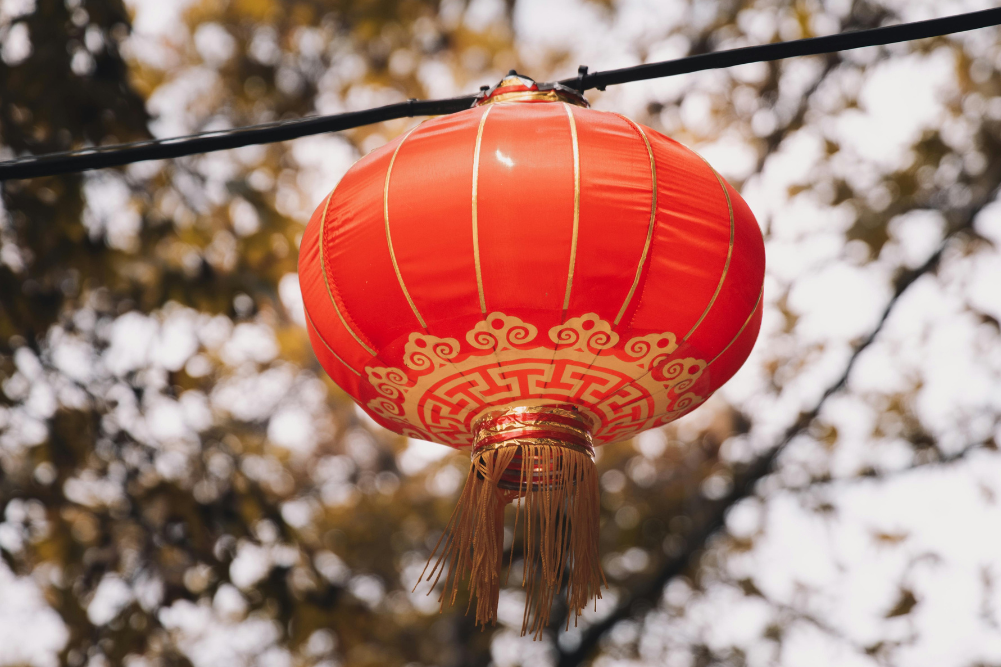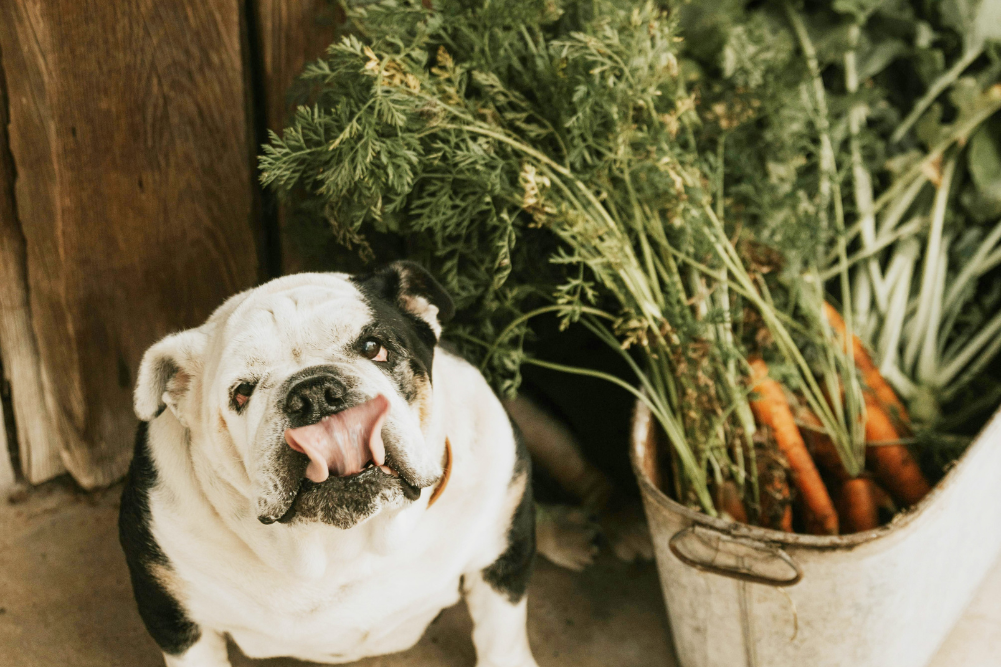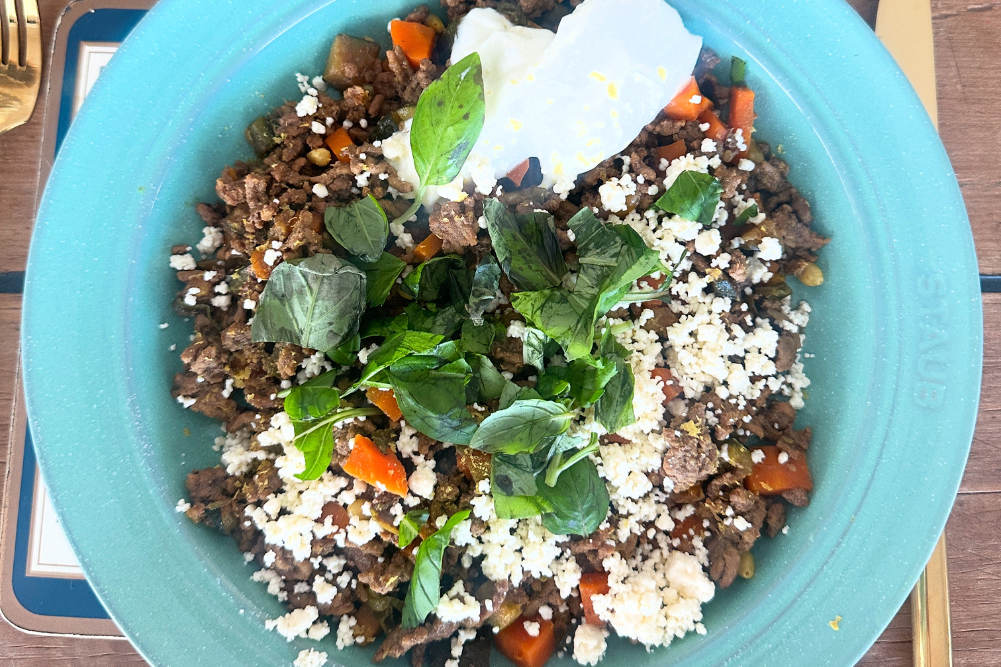A gift for the planet
As Christmas approaches, the familiar trappings of the festive season begin to appear. The gift edits, the advertisements, the endless sales and discounts – all reminders of the holiday’s undeniable link to capitalism and consumption. This time of year often brings with it a frenzy of buying, with people racing to purchase the latest gadgets, toys and fashion at slashed prices. But this culture of consumption comes with a heavy price: environmental degradation and waste.
The festive window displays and online shopping sales may seem shiny and seductive, but consider this sobering fact: each year, Australians receive approximately $400 million worth of unwanted gifts, with many of these items ending up in landfills. This wastefulness is emblematic of a larger issue. The production, transportation and disposal of new goods contribute significantly to climate change, pollution and the depletion of natural resources. It’s clear that we need to rethink our gifting habits. The solution? Embrace second-hand gifting this Christmas. Far from being a last resort, pre-loved presents are thoughtful, unique and kinder to the planet.
Busting the second-hand gifting myth
Second-hand gifts have long carried an undeserved stigma, conjuring images of used, undesirable items. But against the backdrop of a burgeoning pre-loved market, this perception is rapidly changing. As we add more vintage and second-hand items to our own homes and wardrobes, second-hand gifts are re-branding from op shop loot to pre-loved treasures. The shift in language speaks for itself. What was once “used” or “pre-owned” is now “vintage” and “pre-loved”, signifying a growing appreciation for the quality and charm of items that have stood the test of time.
In a world increasingly aware of the environmental cost of consumerism, second-hand gifts are not only acceptable but celebrated. They come with a story, a sense of history and character that new items often lack. Not as readily available as brand-new presents, pre-loved gifts have to be painstakingly sought out for the recipient, making them a more thoughtful option.
Far from being a last resort, then, second-hand gifts are kinder to both recipient and planet.
Why second-hand gifting is better for the planet
Our planet is straining under the weight of mass consumerism. The environmental toll of producing new items is staggering – from raw material extraction and manufacturing emissions to packaging waste and transportation. By opting for second-hand, you’re taking a stand against this wasteful cycle.
The environmental benefits of second-hand gifting are substantial and understanding how opting for pre-loved items aids our planet highlights the importance of this sustainable choice.
When we choose second-hand, we make a direct impact on waste reduction. Every item that is bought second-hand is one less item that ends up in landfill. In Australia, a staggering amount of waste is generated annually, much of it consisting of discarded consumer goods. By diverting these items from landfills, we significantly cut down on waste accumulation.
Moreover, opting for second-hand items drastically reduces our carbon footprint. The process of manufacturing new products involves considerable energy consumption and carbon emissions. From the extraction of raw materials to the manufacturing processes, and finally the shipping and distribution, the carbon footprint of a new item is often extensive. By reusing existing items, we eliminate the need for these energy-intensive steps, reducing our overall carbon emissions. This not only helps combat climate change but also fosters a more sustainable use of the planet’s energy resources.
Resource conservation is another critical benefit of second-hand gifting. The production of new goods often requires the extraction of raw materials, which can have devastating effects on ecosystems. Mining, logging and other forms of resource extraction can lead to habitat destruction, soil erosion and water pollution, significantly impacting wildlife and natural landscapes. Second-hand items, however, have already been produced, meaning no additional resources are needed for their creation. By giving these items a new life, we help preserve natural habitats and reduce the pressure on the planet’s finite resources.
Packaging waste is another significant environmental issue associated with new products. Modern consumer goods often come with excessive packaging, much of which is non-recyclable and ends up contributing to the growing problem of plastic pollution. This packaging not only increases the volume of waste but also requires additional resources to produce. In contrast, second-hand items usually come with minimal or no packaging at all, reducing the overall environmental impact. By choosing pre-loved gifts, we cut down on unnecessary packaging waste, further contributing to a cleaner and healthier planet.
The cumulative effect of these benefits can’t be overstated. Second-hand gifting helps create a circular economy where products are reused and repurposed rather than discarded. This shift not only conserves resources and reduces waste, but also encourages a more sustainable and mindful approach to consumption. As more people embrace second-hand gifting, the demand for new products decreases, leading to a reduction in mass production and its associated environmental impacts.
Where to find second-hand treasures
Finding the perfect second-hand gift can be an adventure. Here are some hotspots for uncovering those unique finds:
Op shops: Op Shops are treasure troves of books, clothes and homewares and there’s the added benefit that your purchases support a good cause. Trawling through the rails and shelves can take a bit of patience, but if you make a habit of dropping into one whenever you pass, you’ll eventually be well rewarded.
Online marketplaces: Sites like eBay, Facebook Marketplace and Depop offer vast selections of vintage and second-hand items. From fashion to furniture, these platforms are goldmines for gifts.
Car boot sales and flea markets: For those who love the thrill of the hunt, car boot sales and flea markets can yield incredible finds. Plus, you get to haggle and score deals.
Specialty vintage shops: These stores curate high-quality vintage items, from clothing to decor, ensuring you find something special and well-preserved. They’re often a bit more expensive as they have done the trawling for you, but if you’re feeling overwhelmed by op shops and marketplaces, this is your best bet.
Luxury resale stores and sites: Luxury resale platforms like The Closet and Vestiaire Collective offer authenticated, pre-loved designer goods at reduced prices, making it a more affordable way to indulge in high fashion.
Tips for choosing the perfect second-hand gift
When it comes to selecting second-hand gifts, the goal is to find something unique, thoughtful and in great condition.
Understanding your recipient’s tastes and interests is the bread and butter of thoughtful gifting. Consider what they love. Are they a fan of vintage fashion? Do they have a penchant for quirky home decor? Perhaps they are an avid reader who would appreciate a classic book. Tailor your gift to their personal preferences and you can’t go far wrong.
If you’re worried about your recipient’s reaction to a pre-loved gift, my advice is to choose something that is actually better second-hand. Vintage jewellery, for example; antique homeware or an artwork; a retro radio or musical instrument; a pair of denim dungarees or a gorgeous smocked dress for a little person in your life (they simply don’t make them like they used to!).
Vintage vases and ceramics, silver napkin rings and storage baskets are a certified crowd-pleasers for homeware enthusiasts; designer scarves (particularly silk ones) make a lovely gift for fashionistas; and hard-to-find vinyl records or a vinyl player (if you’re feeling really generous) will be well appreciated by music lovers.
Don’t forget to do a quality check. You might be okay with an item showing its history when it’s just for you, but when it comes to gifting, ensuring the quality is essential. Check clothing for any stains, tears or wear and tear that might detract from its appeal, and make sure you test any electronics to confirm they are in working order.
Write a card detailing how the gift was sourced, too. People love hearing the story behind why the item was chosen for them, and it makes the exchange really special. Don’t be afraid of calling it what it is – there is no shame in gifting pre-loved, on the contrary! Painstakingly seeking out a pre-loved gift is so much more meaningful than shopping in the Black Friday sales.
How to wrap second-hand gifts stylishly
Wrapping a planet-friendly gift in reams shiny, unrecyclable paper kind of defeats the point. But a beautifully presented gift will automatically elevate what’s inside. There are several ways around this, with options that look beautiful but won’t end up in landfill.
Furoshiki: This traditional Japanese art of fabric wrapping offers a unique and eco-friendly way to present your gifts. By repurposing vintage scarves or pretty handkerchiefs, you can create beautiful, reusable wraps. Simply search YouTube for a how-to video. Your recipient can also use the fabric again, adding an extra layer of sustainability to your gift.
Recycled paper: Simple brown paper can be surprisingly chic when paired with natural accents like a sprig of rosemary, a piece of eucalyptus or dried orange slices (all of which smell great too). This minimalist approach is both budget-friendly and environmentally conscious.
Vintage wrapping paper: Keep the retro theme strong and seek out vintage wrapping paper from op shops or online marketplaces. The nostalgic designs will add to the bygone era charm.
Basket presentation: If you’re gifting a bundle of treasures, a basket works well. Line it with a colourful cloth and arrange the gifts inside. Ribbon cut offs or deadstock fabric can be tied around the handle. The basket itself can also be reused by the recipient, making it a gift in itself.]
Making second-hand gifting the new normal
It’s time to shift our mindset. Second-hand gifts aren’t just a frugal choice – they’re a savvy, stylish and sustainable way to celebrate the festive period. By choosing second-hand, you’re giving more than just a gift; you’re giving a story, a piece of history, and a nod to a greener future.
This Christmas, let’s embrace the charm and environmental benefits of second-hand gifting. Just be mindful that finding the right pre-loved gift often takes a bit longer, so don’t snooze on it – dive into the op shops, explore online marketing and get creative with your wrapping.








